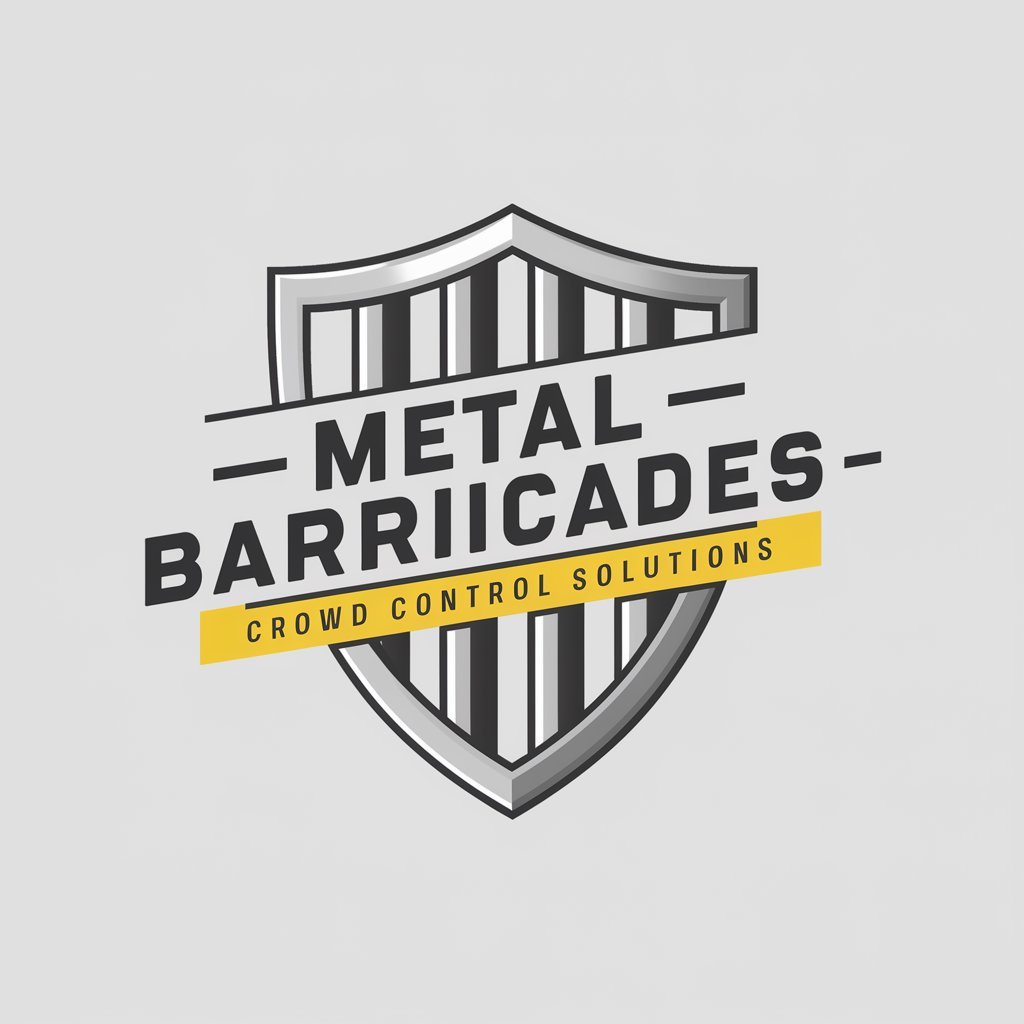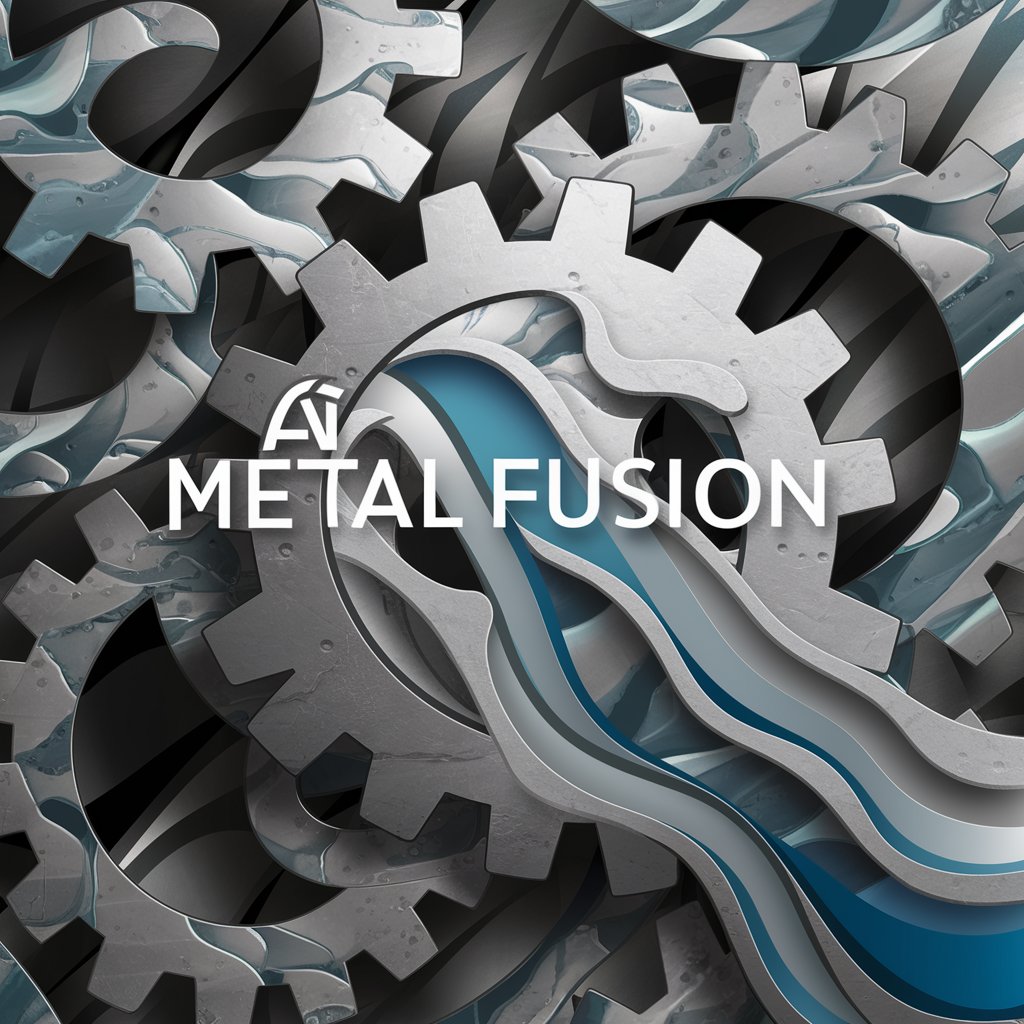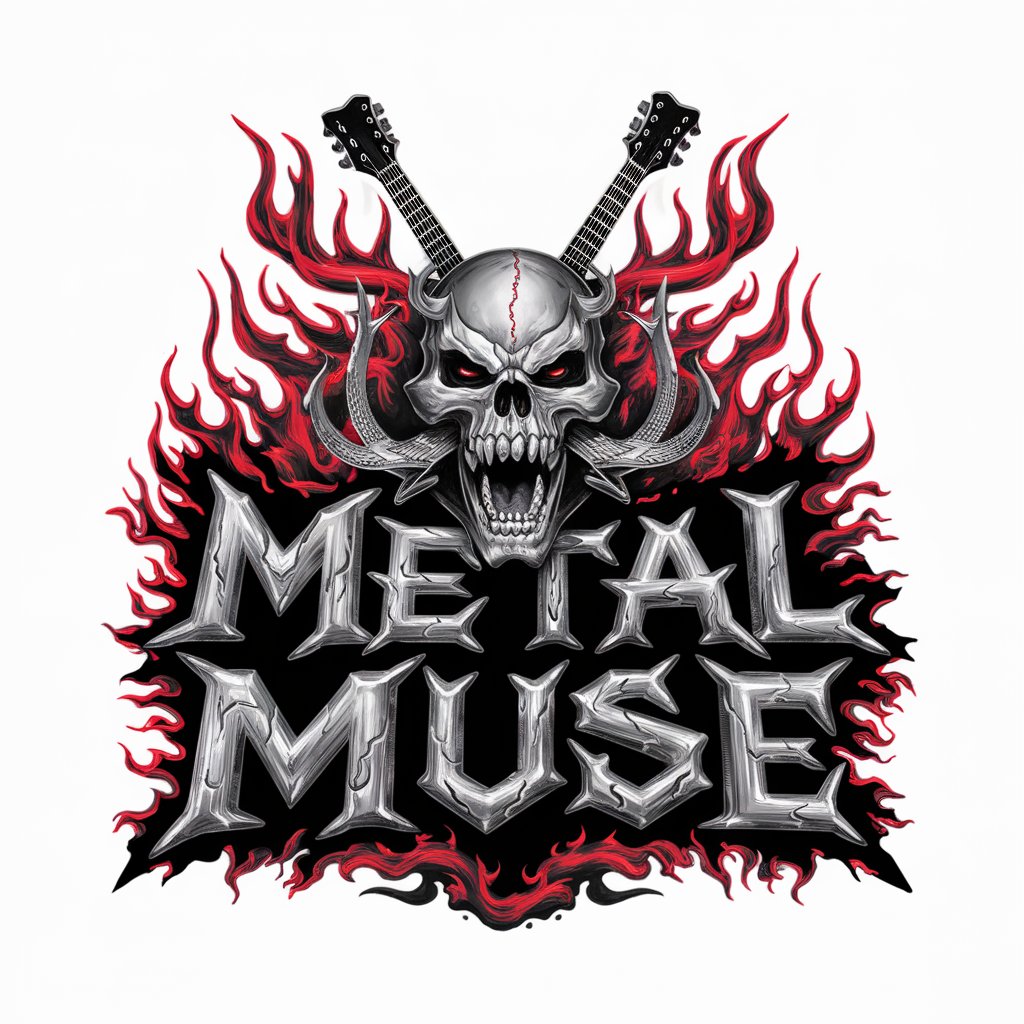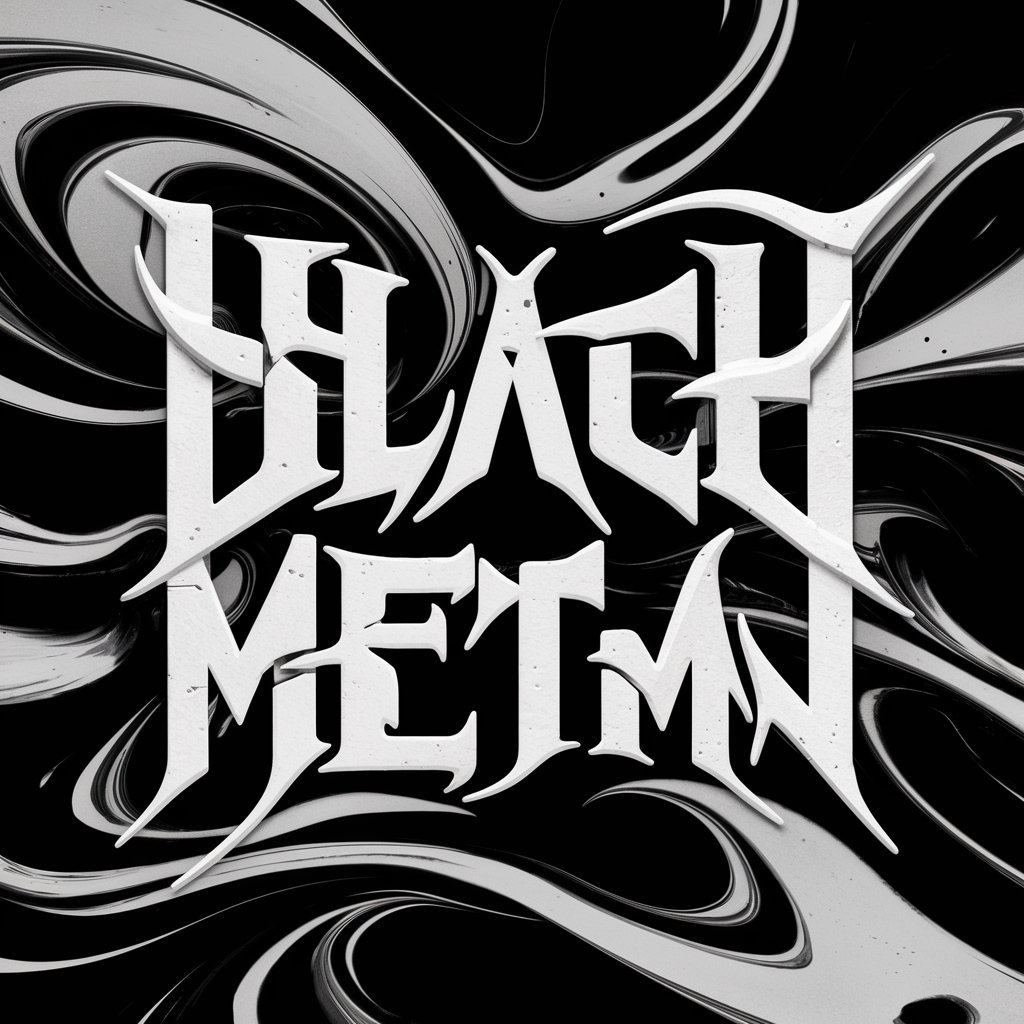Metal Barricades - tool for effective crowd control

Welcome to Metal Barricades!
Streamline crowd management with AI
Explore the benefits of using metal barricades for crowd control at large events.
How do steel barricades ensure safety and manage crowds in high-traffic areas?
Understanding the different types of metal barriers and their applications.
Key factors to consider when selecting metal barricades for your project.
Get Embed Code
Introduction to Metal Barricades
Metal barricades, commonly known as steel barriers, are essential tools for crowd control and site delineation in various environments. Designed to provide a robust physical barrier, these barricades are used to manage people flow, enhance safety, and secure restricted areas. They are engineered for durability and ease of use, featuring interlocking systems that make them easy to deploy and configure according to specific site requirements. Examples of their application include managing queues during events, segregating areas within venues, and providing temporary security at construction sites. Powered by ChatGPT-4o。

Main Functions of Metal Barricades
Crowd Control
Example
During concerts or public gatherings, metal barricades are used to create safe pedestrian pathways and manage the entry and exit flows, effectively preventing any unsafe overcrowding.
Scenario
At a music festival, organizers use metal barricades to guide attendees towards the stage while keeping emergency exits clear for safety.
Perimeter Security
Example
On construction sites, these barricades serve as a safety barrier to prevent unauthorized access and protect both the public and workers from entering hazardous zones.
Scenario
Around a building site in a busy urban area, metal barricades are deployed to delineate the construction area, ensuring pedestrians remain at a safe distance.
Traffic Management
Example
During roadworks or events that affect regular traffic routes, metal barricades are used to redirect vehicle and pedestrian traffic to ensure smooth and safe flow.
Scenario
For a city marathon, organizers set up metal barricades along the course to separate runners from vehicular traffic, ensuring the event goes smoothly without traffic interference.
Ideal Users of Metal Barricades
Event Organizers
Event organizers benefit from metal barricades to efficiently manage large crowds, ensure participant safety, and streamline the flow during events such as concerts, sports, and public demonstrations.
Construction Companies
Construction firms use these barricades to secure sites and ensure public safety by limiting access to hazardous areas, thereby complying with safety regulations and reducing liability.
Municipal Authorities
City or town officials use metal barricades for public safety during events, roadworks, or any municipal activities that require temporary crowd and traffic control solutions.

Guidelines for Using Metal Barricades
1
Start by exploring yeschat.ai where you can begin your journey with Metal Barricades without needing to sign up for a trial or subscribe to ChatGPT Plus.
2
Determine the specific need or event type (e.g., crowd control, event management, security perimeter) to choose the appropriate type of barricade, whether light-duty or heavy-duty.
3
Consult the manufacturer's guidelines or a trained professional for proper installation and arrangement to ensure maximum effectiveness and safety.
4
Regularly inspect the barricades for any damage or wear and tear to maintain their functionality and safety standards.
5
After use, properly store the barricades in a dry, secure place to prevent damage and extend their lifespan.
Try other advanced and practical GPTs
JewelConvert Metal
Transform Metal Weights with AI Precision

Metal Fusion
Crafting Tomorrow’s Alloys Today

Metal Muse
Unleash metal creativity with AI power

My Image Generator
Bringing Your Ideas to Visual Reality

AI Product Description Generator
Turn Features Into Stories with AI

Priors
Empowering learning with AI-driven insights

Metal Maven
Unleash Your Metal Spirit with AI

Metal Sage
Unleash AI-powered metal music lore

Metal Images
Transforming imagination into metallic reality.

Black Metal Typography
Crafting the Essence of Black Metal

Efficiency Expert
Elevate Your Efficiency with AI

Efficiency Ally
Your AI-powered productivity partner.

Frequently Asked Questions About Metal Barricades
What materials are typically used in the construction of metal barricades?
Metal barricades are usually made from steel, often hot-dip galvanized to resist corrosion and wear, ensuring durability and longevity in various weather conditions.
How can I ensure the stability of metal barricades during use?
Ensure stability by properly interlocking each panel and using flat or bridge feet depending on the surface. For added stability in windy conditions or on uneven ground, sandbags or other weights may be used.
Are there different types of metal barricades for different events?
Yes, metal barricades come in various styles and sizes, tailored for specific needs such as light crowd control at events, heavy-duty security needs, or even decorative purposes.
Can metal barricades be customized for specific needs?
Absolutely, metal barricades can be customized in color, size, and with optional features such as signage or reflective strips for visibility. Companies often provide customization services to meet specific event or branding requirements.
What are the safety considerations I should be aware of when using metal barricades?
Always ensure that barricades are set up to allow for emergency exits and do not block fire safety equipment. They should be arranged to guide the crowd smoothly without creating pinch points or areas of potential congestion.
